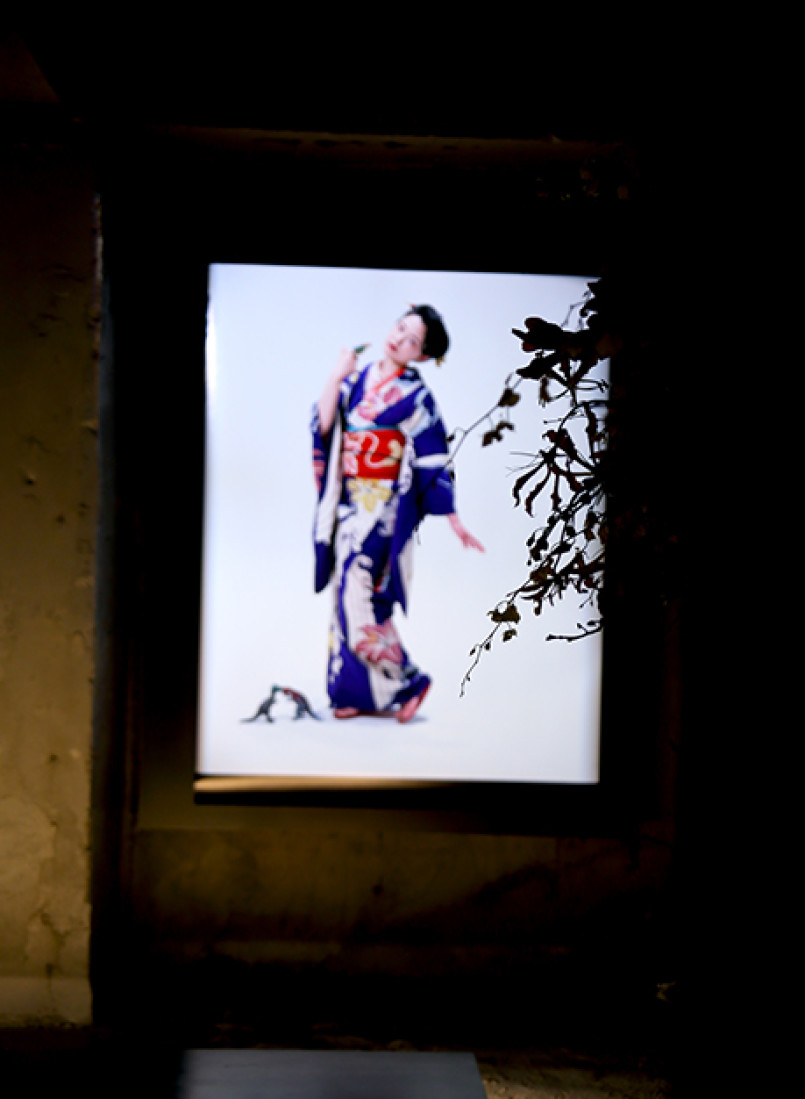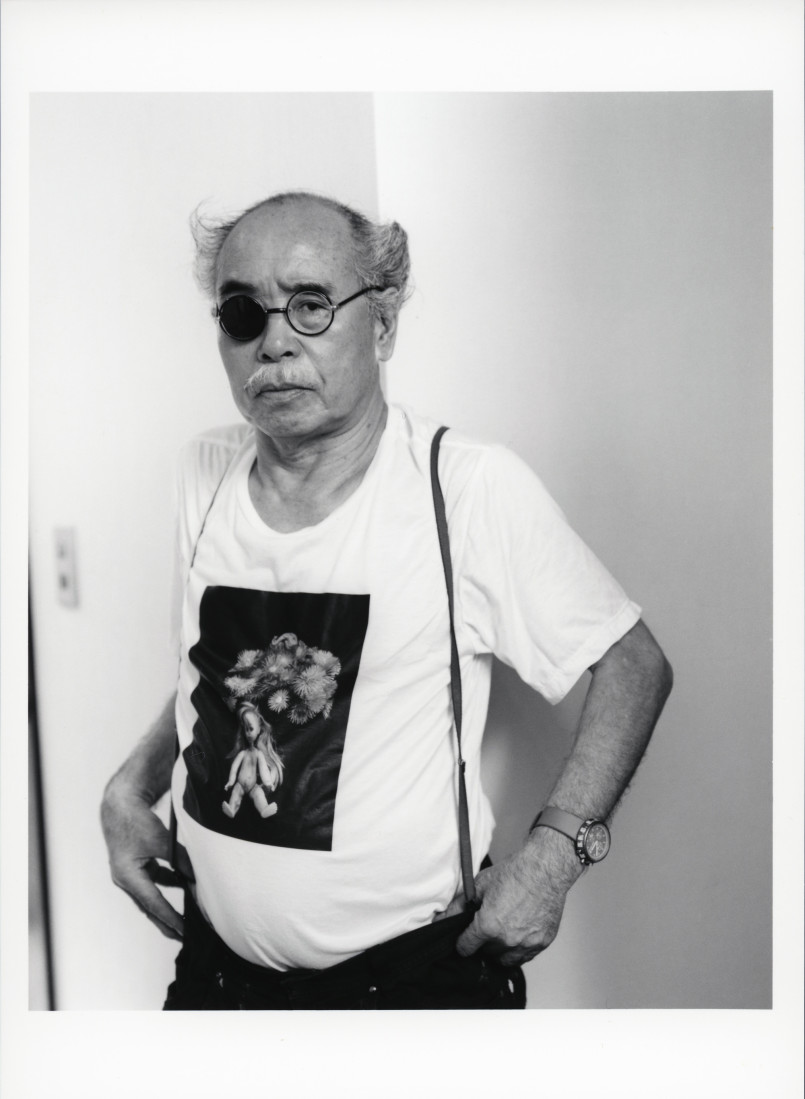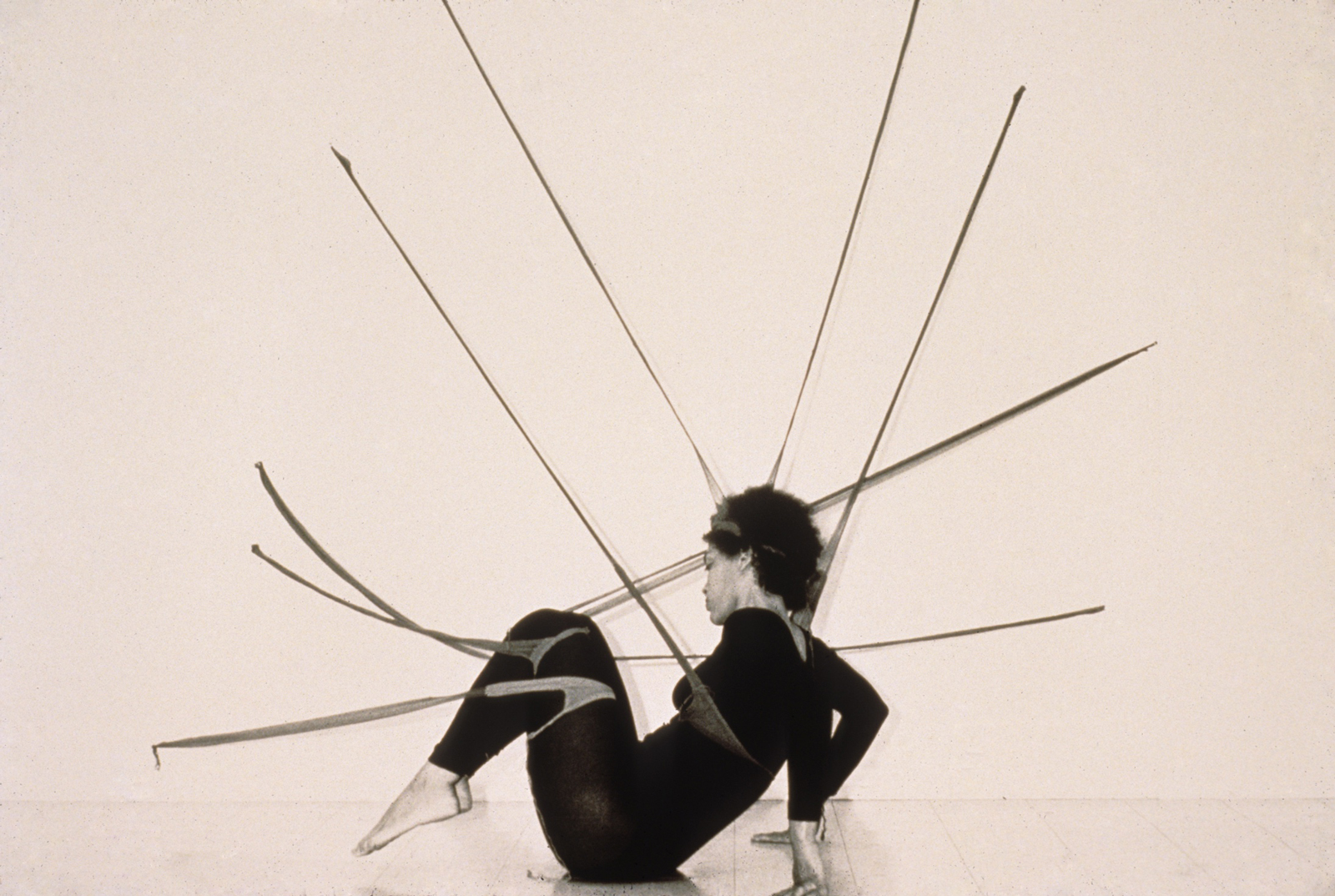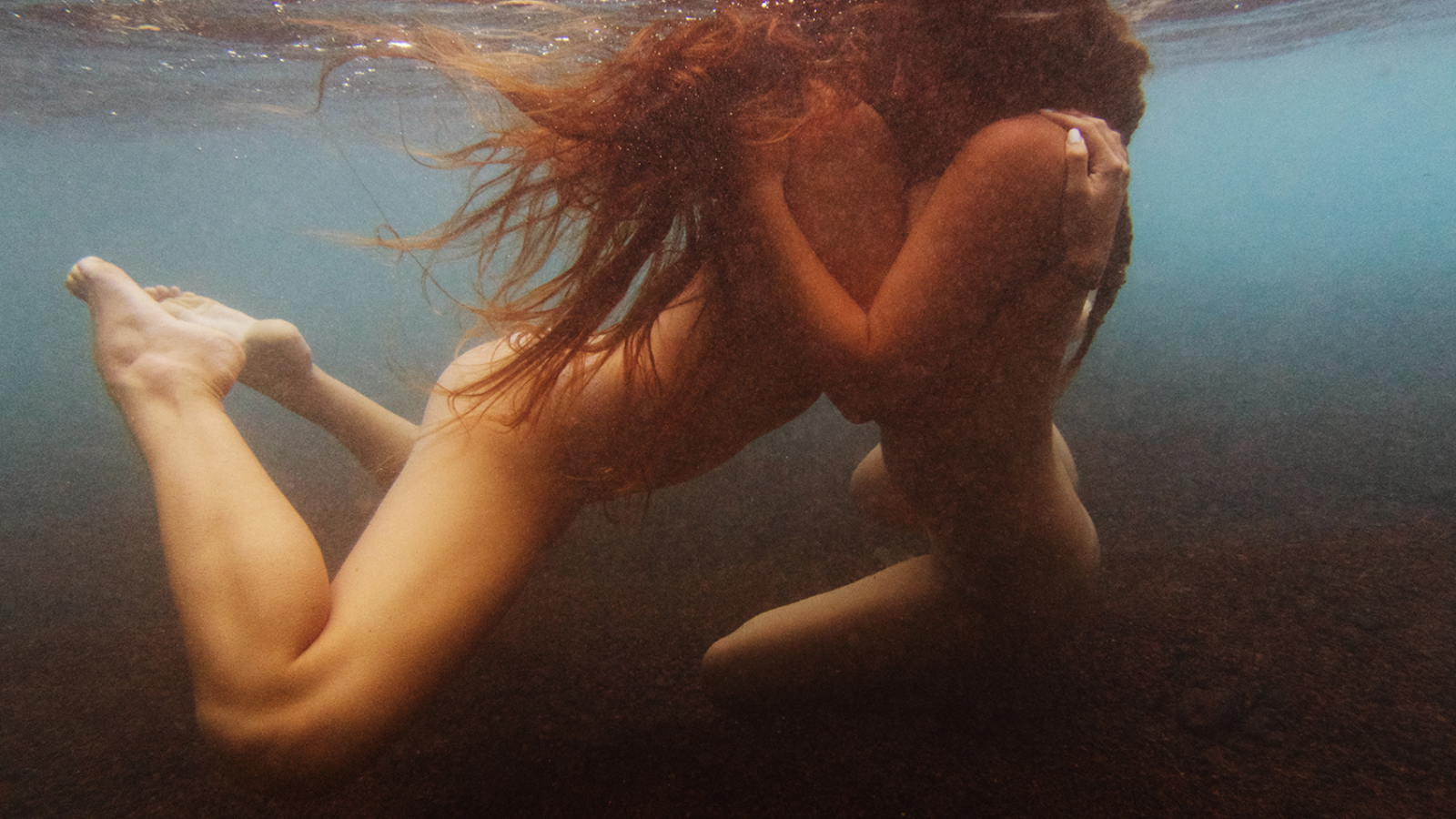Text: Kei Benger
Images: Courtesy of Taka Ishii Gallery, art space AM, and Nobuyoshi Araki
Since the very moment of its conception the camera has continued to function as an extension of the human eye, a tool for man’s ontological desire to preserve moments in time, and as a means of freezing the evanescence of our transcendental world forever in eternity. The photograph is thus a product of apparent mimesis; an enduring medium that allows us to reflect upon fleeting occasions of our past. However, in its very nature of violently interrupting the flow of time, the camera perhaps brings with it a certain reckoning that in effect introduces a memento mori into visual experience.
Throughout the years, photographer Nobuyoshi Araki has continued to engage with such underlying themes of “life & death,” and “Eros & Thanatos.” From the death of his beloved wife Yoko, undergoing surgery for prostate cancer, the passing of his cherished cat Chiro, to the recent loss of sight in his left eye, Araki has constantly confronted and embraced notions of loss and death, and through it expresses his persistent lust for life, and desire towards rebirth.
The world is turned into a photographable present and the photographed present is completely eternalized. It seems to be snatched from death; in reality, it surrenders itself to it.
–Siegfried Kracauer, Die Photographie
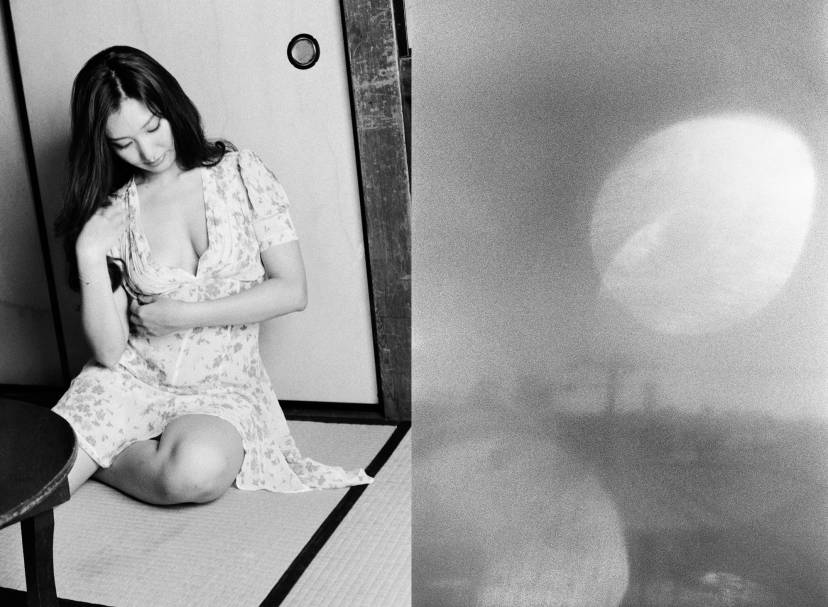
Nobuyoshi Araki Love on the Left Eye, 2014 RP-Pro Crystal Print
Nobuyoshi Araki Love on the Left Eye, 2014 RP-Pro Crystal Print
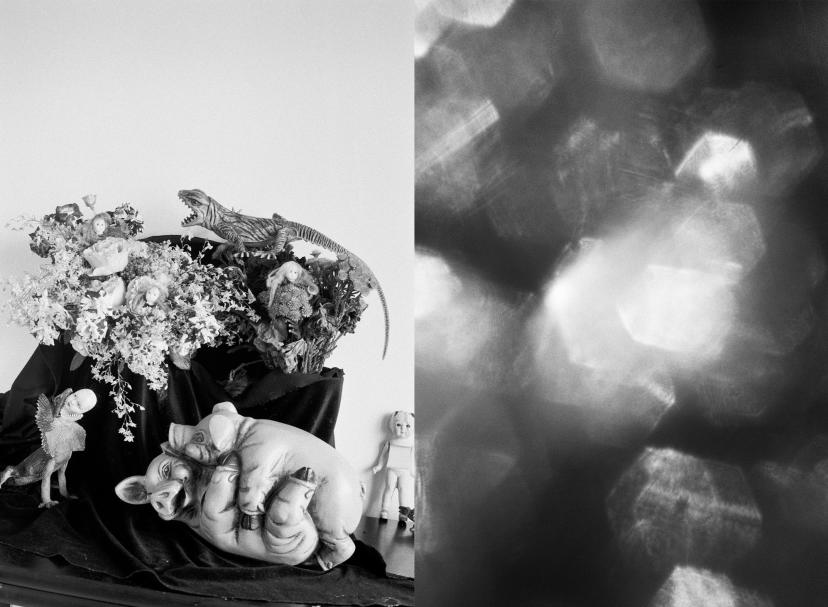
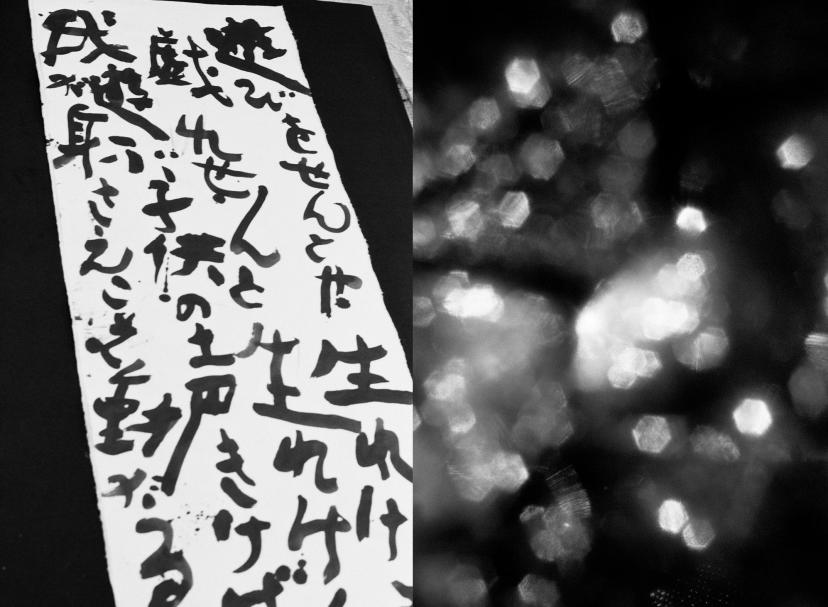
Nobuyoshi Araki Love on the Left Eye, 2014 RP-Pro Crystal Print
2014 in particular, had marked a pivotal year in Araki’s career with numerous shows taking place throughout the globe, including major exhibitions in some of Japans’ most prestigious museums and venues. One of his latest installments, ‘Ojo Shashu (Photography for the Afterlife) took place consecutively across three venues in Japan, each exhibition presenting a different body of photographs and given its own subtitle. Starting at the Toyota Municipal Museum of Art (Faces, Skyscapes, Roads, April 22 – June 29, 2014), the exhibition travelled to the Niigata City Art Museum (Love Journey, August 9 – October 5, 2014), and then presented its final installment at the Shiseido Gallery (Eastern Sky, Paradise, October 22 – December 25, 2014). In reflection of his frame of mind, the exhibitions had comprised of an array of works featuring Araki’s primary subjects of “flowers,” and the “sky,” yet had also included images of streetscapes, the memories of his late wife, and snap shots from his daily life seemingly in the form of a fragmented visual diary. These images serve to illustrate the photographer’s perception of mortality –the brightly vivid floral compositions at a glance appear lushly sensual and are replete with connotations of eroticism, yet at the same time they are painstakingly ephemeral, eventually withering away, inevitably unable to escape their fate of death.
Further to the aforementioned exhibitions was ‘Love on the Left Eye’ presented by Mitsubishi-jisho ARTRIUM (October 11 – November 24, 2014). The series is a selection images out of hundreds of photographs recently taken solely through Araki’s functioning left eye. The result are photographs constituted through a juxtaposition of a vivid image to the left, with the right side being blurred and obscured as if to unfalteringly depict the photographer’s deteriorating vision. Araki thus remains true to his very own visual experience, and implicitly resists the camera’s unequivocal interpretation of the gaze and its attempts to act as the hegemonic tool of vision. The photographer challenges the photographical canon and problematizes the notion of the transparency of the lens.
Perhaps the most captivating of all the works exhibited was ‘Tenkuu’ (The Sky), an installation consisting of over 800 Polaroids that capture the sky. The sky is an important symbol for Araki, and is screen that allows the photographer to project his very own existence. The various appearances of the sky from the contours of the drifting clouds and the dazzling light of the sunset as it gradually succumbs to darkness, in effect conveys Araki’s very own transitory state of mind, furthermore, the extensive amounts of the photographs are perhaps implications of his rigorous act of shooting, ultimately building into a personal and sentimental diary of sorts. Through informing that the sun disappears at night only to rise again at the break of a new dawn, Araki reminds us that we are constantly living amidst a daily cycle of death and rebirth as unfolded in the heavens.
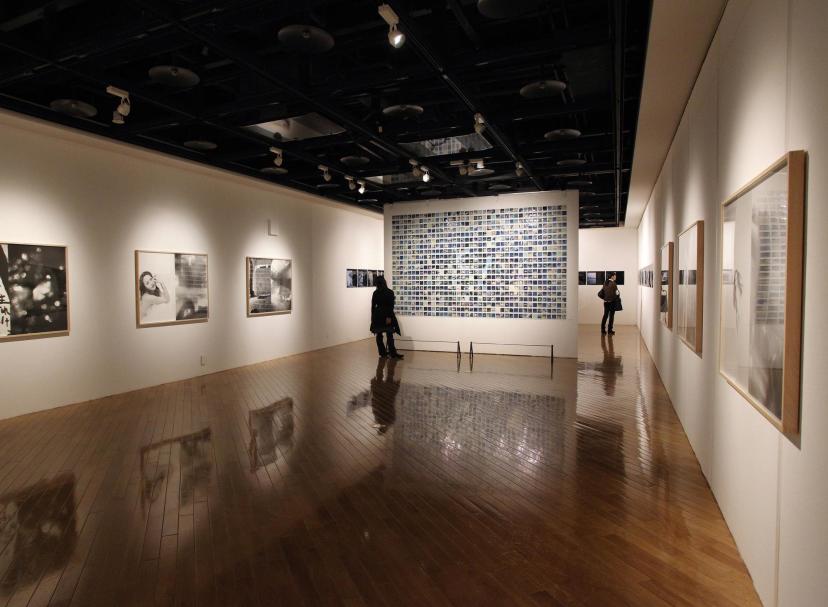
Nobuyoshi Araki, “Love on the Left Eye,” installation view at Mitsubish-ijisho ARTRIUM, October 11 – November 24, 2015, Courtesy of Taka Ishii Gallery, Tokyo
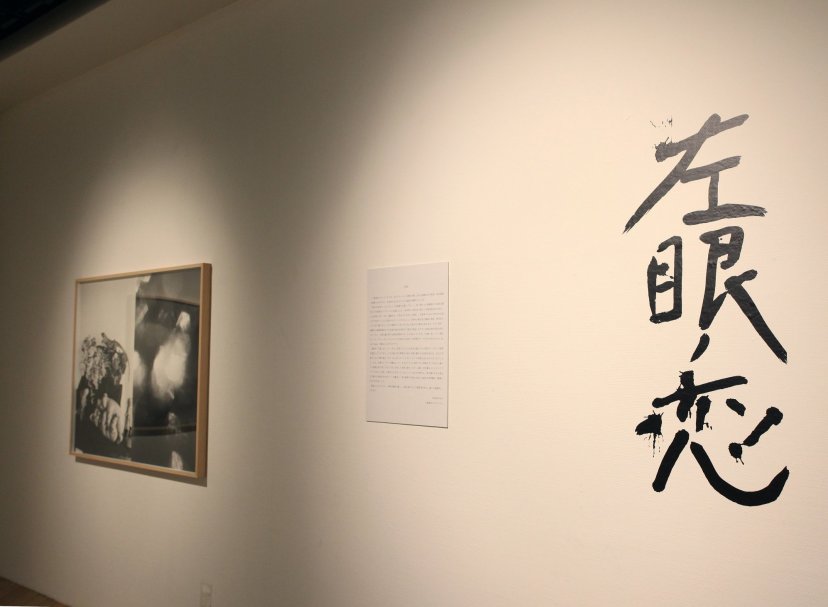
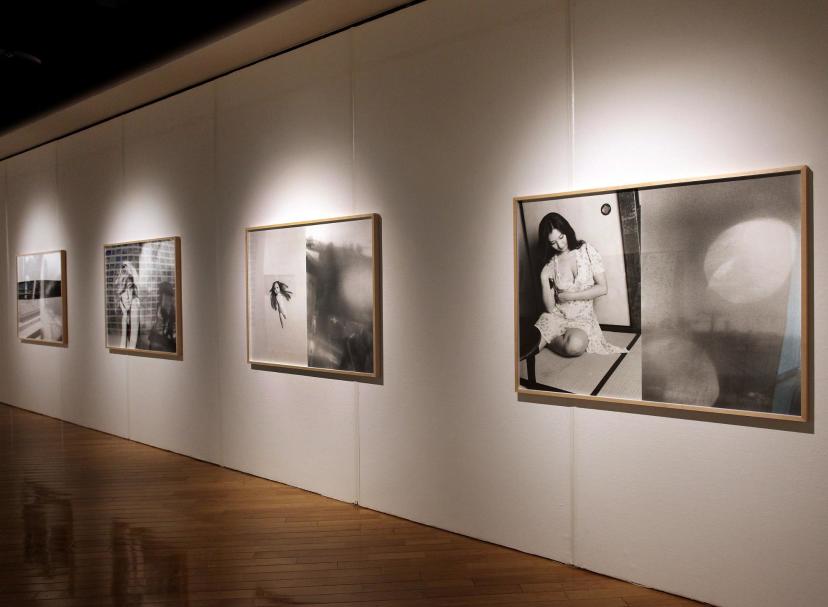
Nobuyoshi Araki, “Love on the Left Eye,” installation view at Mitsubish-ijisho ARTRIUM, October 11 – November 24, 2015, Courtesy of Taka Ishii Gallery, Tokyo
The most recent of Araki’s exhibitions, ‘IMKA’ (art space AM, August 3 – October 9, 2015) had introduced a comprehensive selection of his latest works including ‘2015.8.15,’ a series of monochrome works where the camera’s date is set at 2015.8.15, widely capturing subjects such as streetscapes, women, flowers, scenes of the mundane and the photographer’s view from the car window, and ‘ARAKIMONO: KaoRi,’ his latest photographs of his muse Kaori whom he has collaborated for over 10 years, dressed in a kimono and portraying her lustrous allure that seemingly increases with age. In addition to such works is ‘HANGESHO (Half Summer)’ inspired from his previous work ‘KEKKAI (Barrier)’ in which two spliced photographs were brought together to form single works, a series of “painting photographs” created through applying acrylic paint to instant film, and ‘EGG’ and ‘FLOWER,’ comprised through a collection of 100 instant film works, resulting in an extremely powerful and vibrant installation totaling at over 1000 images. Near half of these latter mentioned works involves Araki’s personal and physical intervention as they are transformed, obscured, accentuated, and remade through various means and techniques.
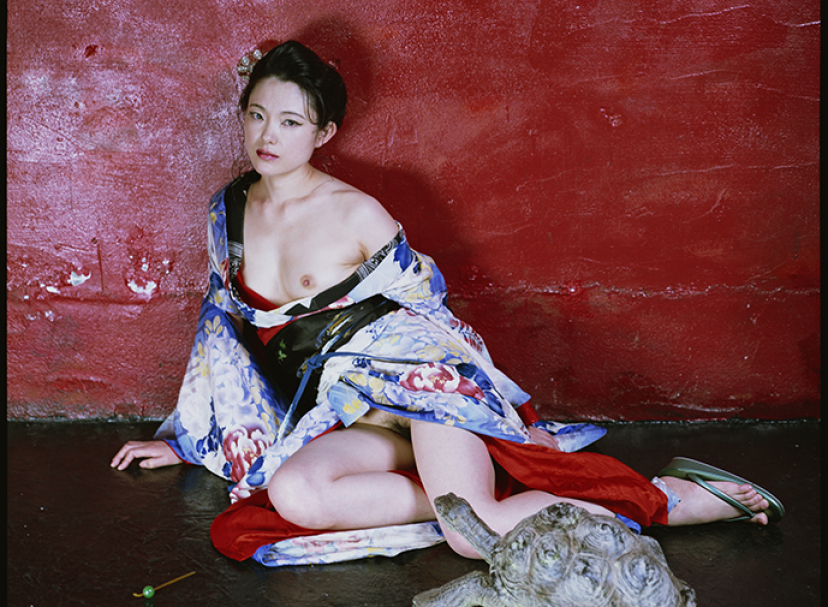
ARAKIMONO, 2015
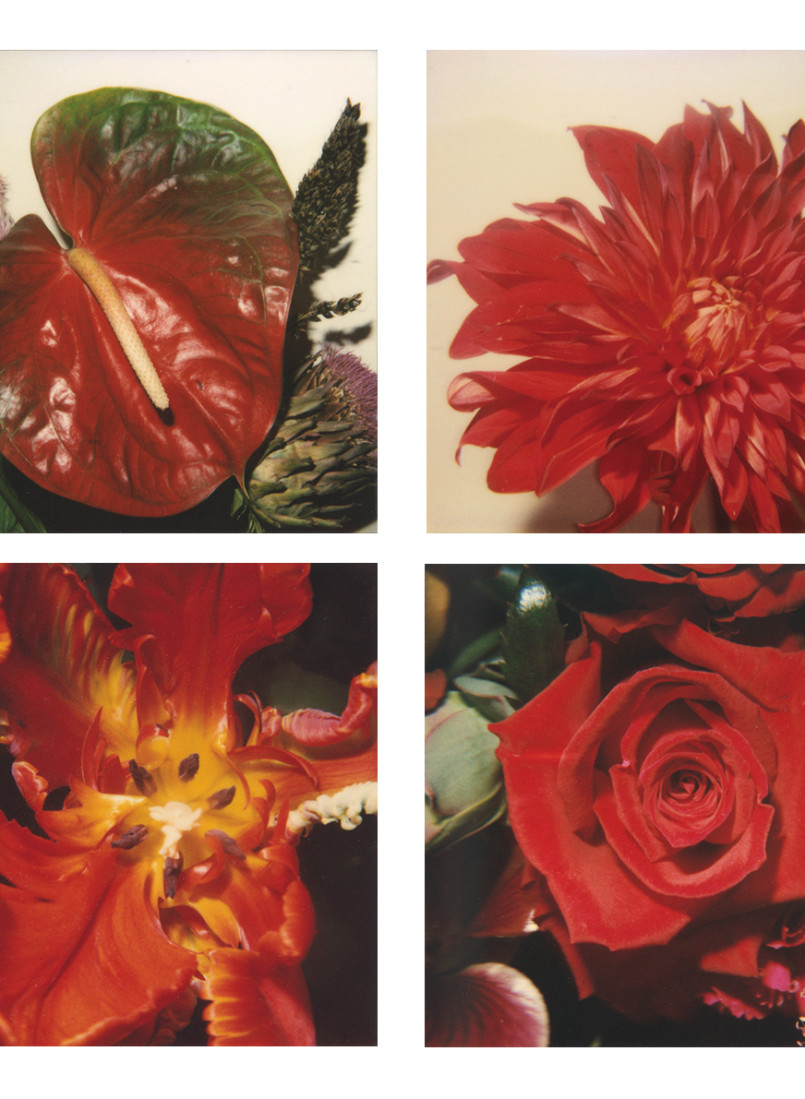
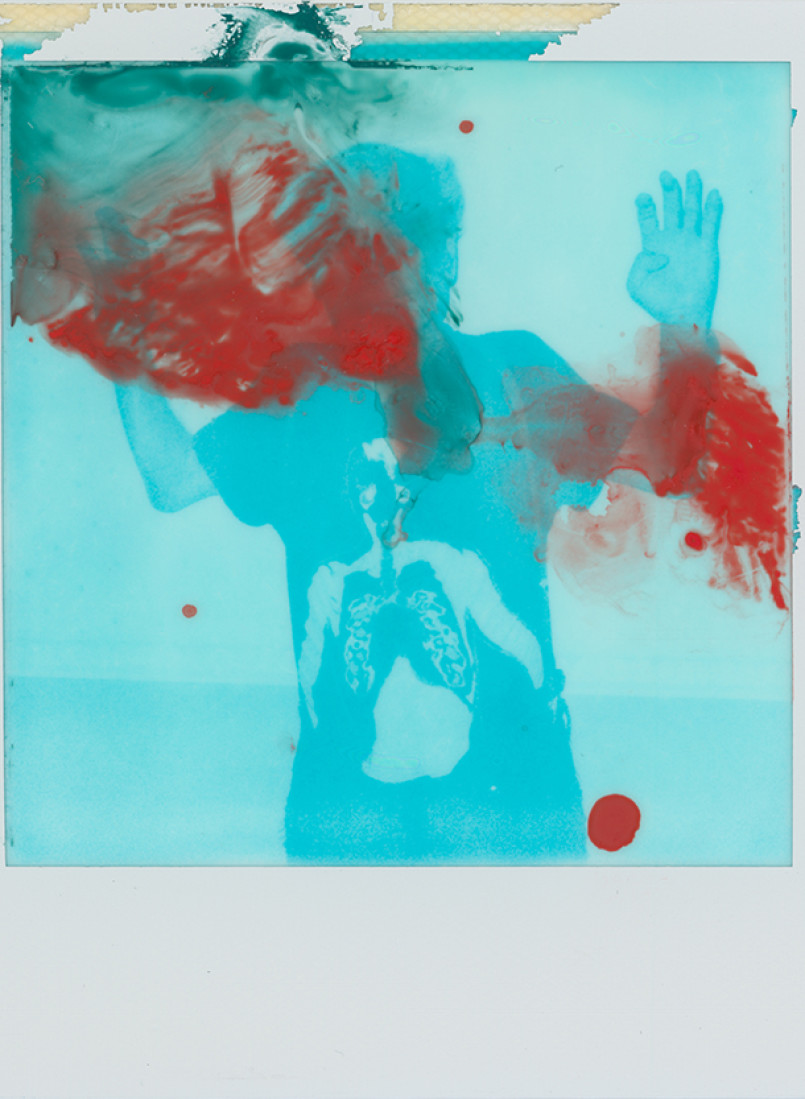
Araki’s photographs are paradoxical in their simultaneous embodiment of sentimentalism and rigorous vibrancy. He reminds us that beauty is found in the ephemeral, that life and death although appearing on opposite ends of the spectrum, are in fact inseparable. Despite his personal experiences of loss as well as his recent thoughts on sadness and death in wake of the devastating earthquake and tsunami (in a recent interview Araki mentions how since the events of Fukushima he has no longer been able to shoot freely, leading him to smash the lens and shoot through the shattered shards of glass), Araki has transformed such sensations into fuel for his practice, continuing to produce photographs at an exceedingly prolific pace. When we look at images of Araki’s sky, we do not merely witness an aging photographer’s daily record of his surroundings. What we see is a man with his head up to the eastern sky, waiting for the sun to rise, and ready to embark upon a new journey towards resurrection.
